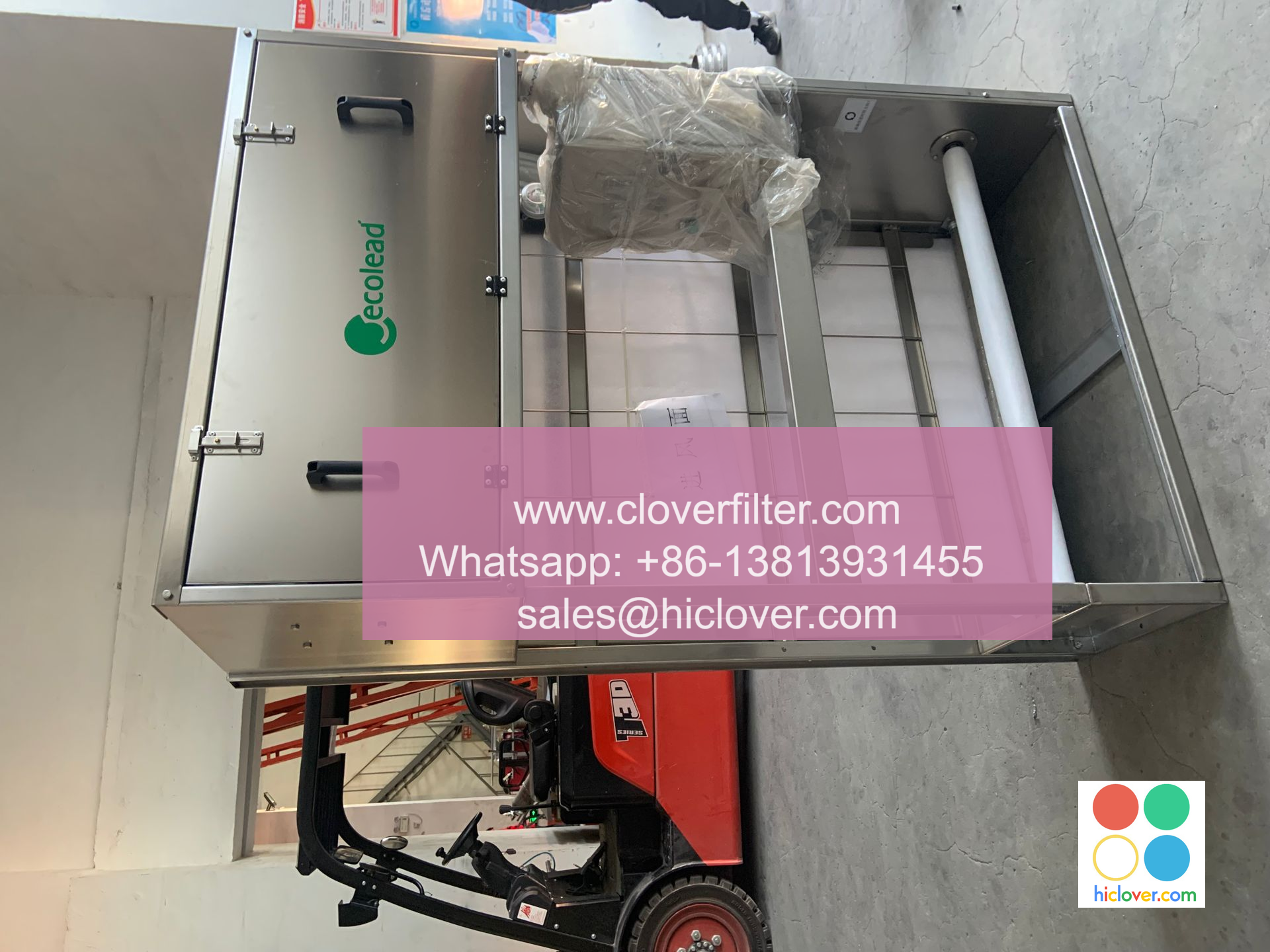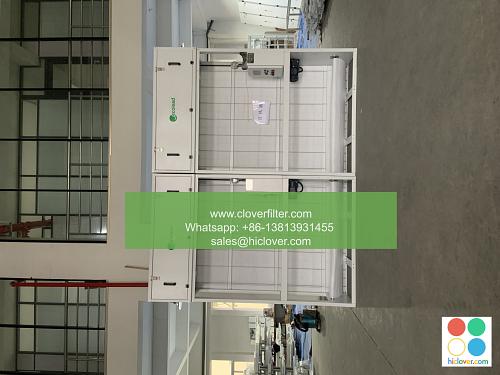Design and Functionality

Design and functionality are two essential elements that go hand-in-hand in creating a seamless and intuitive user experience. Whether it’s a website, mobile app, or software, the combination of visually appealing design and functional features is crucial for capturing and retaining users’ attention. In this article, we’ll delve into the world of design and functionality, highlighting various application areas and discussing the key principles of Human-Computer Interaction (HCI), User Experience (UX), and User Interface (UI) design.
Design Principles for Enhanced Functionality
When it comes to creating a functional design, several principles come into play. These include usability, accessibility, and responsive design. A well-designed interface should be easy to navigate, with clear and concise visual hierarchy and information architecture. Additionally, mobile-first design and progressive web apps (PWAs) have become increasingly important in today’s mobile-driven world.
Application Areas for Design and Functionality
The application of design and functionality is vast and varied, spanning multiple industries and domains. Some of the key areas include:
* E-commerce websites and online shopping platforms, where a seamless and intuitive user experience is crucial for driving sales and conversions.
* Mobile apps and games, where gamification and interactive design play a significant role in engaging users and enhancing the overall experience.
* Software as a Service (SaaS) and cloud-based applications, where scalability, security, and performance are essential for delivering a reliable and efficient user experience.
* Internet of Things (IoT) and wearable devices, where design for accessibility and usability are critical for ensuring a seamless interaction between humans and devices.
Best Practices for Balancing Design and Functionality
To achieve a perfect balance between design and functionality, consider the following best practices:
* Conduct user research and testing to understand user needs and preferences.
* Develop a robust information architecture to ensure easy navigation and access to features and content.
* Implement responsive design to cater to diverse screen sizes and devices.
* Use intuitive and consistent design patterns to reduce cognitive load and enhance usability.
* Continuously monitor and evaluate the user experience to identify areas for improvement and optimization.
Conclusion
In conclusion, design and functionality are intertwined elements that are essential for creating a successful and engaging user experience. By understanding the principles of HCI, UX, and UI design, and applying them to various application areas, designers and developers can craft interfaces that are both visually appealing and functionally robust. Remember to follow best practices, such as user research, testing, and continuous evaluation, to ensure that your design and functionality blend harmoniously, delivering a seamless and intuitive experience for users.

